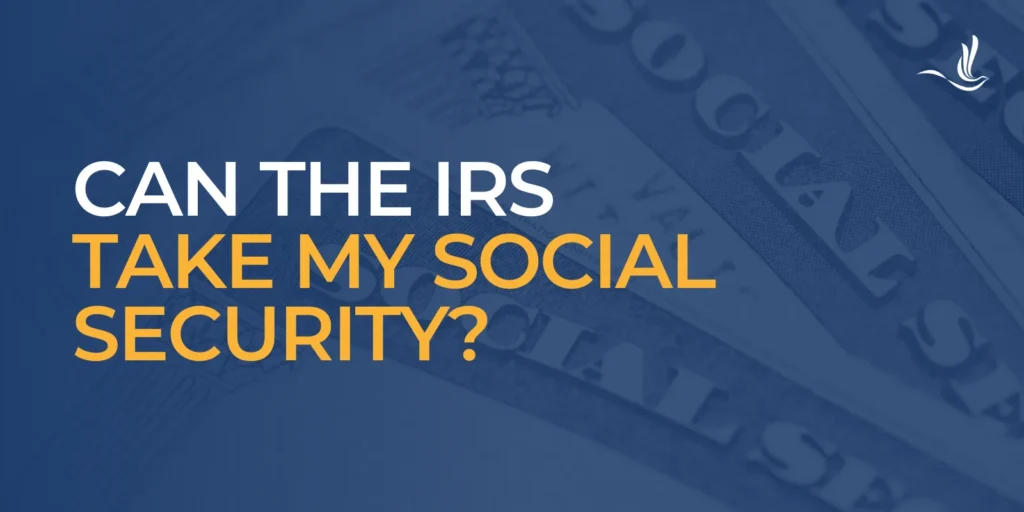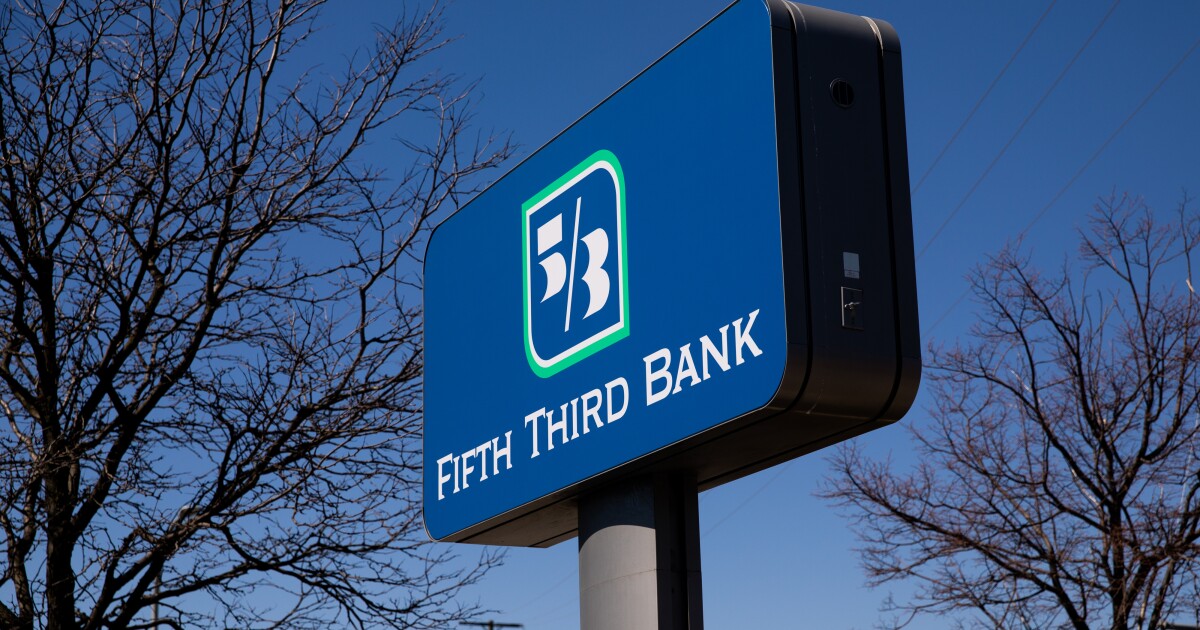Social Security benefits provide a crucial lifeline to millions of Americans, particularly retirees, disabled individuals, and others who rely on these payments for their basic needs. But when you have unpaid taxes, many beneficiaries fear that the IRS could step in and take a portion of their much-needed Social Security payments. It’s an unsettling thought, but it raises an important question: can the IRS take your Social Security? The answer, unfortunately, is yes—but it’s not as simple as it might seem. Here’s an overview of the IRS’s authority to garnish Social Security benefits, limits, protections, and ways to resolve tax debts without losing a significant chunk of your income.
How the IRS Can Access Your Social Security Payments
The IRS has a wide range of tools at its disposal to collect unpaid taxes. One of the most powerful tools in its collection arsenal is the Federal Payment Levy Program (FPLP). Under this program, the IRS is allowed to levy or seize certain federal payments, including Social Security benefits, to satisfy a tax debt. The FPLP specifically allows the IRS to collect from two types of Social Security benefits:
- Retirement benefits
However, it’s important to note that Supplemental Security Income (SSI) payments are exempt from levy, as these are based on financial need rather than prior work history and tax contributions. Once a person falls behind on their taxes, the IRS can send notice of intent to levy, followed by a final notice and an opportunity for a hearing. If the taxpayer fails to resolve the issue, the IRS can then begin garnishing Social Security benefits.
How Much Can the IRS Levy?
When it comes to levying Social Security benefits, the IRS has a clear limit set under the FPLP. The IRS can take up to 15% of your monthly benefits. This means that if you receive $1,500 per month in Social Security, the IRS could levy up to $225 of that amount each month. It’s important to note that this 15% cap applies only to retirement and disability benefits, not to Supplemental Security Income (SSI), which remains completely exempt. However, the IRS can levy other income sources, such as wages or bank accounts, potentially creating further financial strain.
Protections in Place for Beneficiaries
While the IRS has the power to levy Social Security benefits, there are several protections in place for beneficiaries.
- Limit on Amount Seized: The 15% cap on levies is important because it ensures that the IRS cannot take your entire Social Security payment. This limitation is designed to prevent undue hardship for taxpayers who are already financially struggling.
- Exemption for SSI Payments: As mentioned earlier, the IRS cannot seize SSI payments, which are designed to assist low-income individuals with basic living needs. This means that those relying solely on SSI will not face garnishments from the IRS for unpaid taxes.
- Opportunity for Resolution: Before levying Social Security benefits, the IRS must provide the taxpayer with a notice of intent to levy and the opportunity to request a Collection Due Process (CDP) hearing. This gives taxpayers a chance to resolve the debt, enter into a payment agreement, or prove financial hardship.
- Collection Statute Expiration Date (CSED): The IRS generally has 10 years to collect a tax debt. After this period, known as the Collection Statute Expiration Date, the IRS can no longer pursue collection of that specific debt, including levying Social Security benefits.
What Happens if You’re Facing an IRS Levy on Social Security?
If the IRS notifies you of its intent to levy your Social Security benefits, it’s important to act quickly. Here are some of the steps you can take.
Respond to IRS Notices
Ignoring IRS notices can lead to serious consequences. If you’ve received a notice of intent to levy, this is a warning that the IRS is preparing to take action. You have 30 days from the date of the final notice to request a CDP hearing, which can stop the levy process temporarily while you dispute the debt or seek a resolution.
Consider an Offer in Compromise (OIC)
If you cannot pay your tax debt in full, you may qualify for an Offer in Compromise, where the IRS agrees to settle your tax debt for less than the full amount owed. However, this process requires demonstrating financial hardship or an inability to pay the full debt within a reasonable time.
Set Up a Payment Plan
If you can afford to pay your debt in installments, entering into a payment plan with the IRS can help you avoid a levy. By agreeing to a payment arrangement, the IRS will generally stop collection efforts, including garnishment of your Social Security benefits.
File for “Currently Not Collectible” (CNC) Status
If your income is very low and paying the tax debt would create a severe financial hardship, you can request CNC status. While this doesn’t erase the debt, it temporarily stops the IRS from collecting it, including preventing a levy on your Social Security payments.
Preventing a Levy on Social Security
To prevent an IRS levy on Social Security benefits, it’s crucial to address tax problems early. Some proactive steps you can take include:
- Filing your taxes on time to avoid penalties and interest.
- Setting up a payment plan with the IRS if you owe taxes and cannot pay in full.
- Seeking professional tax help to negotiate with the IRS and explore options such as Offers in Compromise or CNC status.
Tax problems can be overwhelming but ignoring them only makes the situation worse. By taking action early, you can avoid the more serious consequences, including levies on your Social Security benefits.
Tax Help for Those with Social Security Benefits
While the IRS does have the power to garnish Social Security benefits, there are limits in place to protect recipients from financial devastation. Understanding how the IRS can levy Social Security payments, what protections are available, and what steps to take if you’re facing a levy is key to navigating tax debt issues. Ultimately, the best way to avoid a levy is to address tax debts promptly and work with the IRS to find a resolution that doesn’t leave you struggling to make ends meet. If you don’t want to deal with the IRS on your own, you can always consult an experienced tax professional for help. Optima Tax Relief is the nation’s leading tax resolution firm with over $3 billion in resolved tax liabilities.
If You Need Tax Help, Contact Us Today for a Free Consultation
Publisher: Source link











